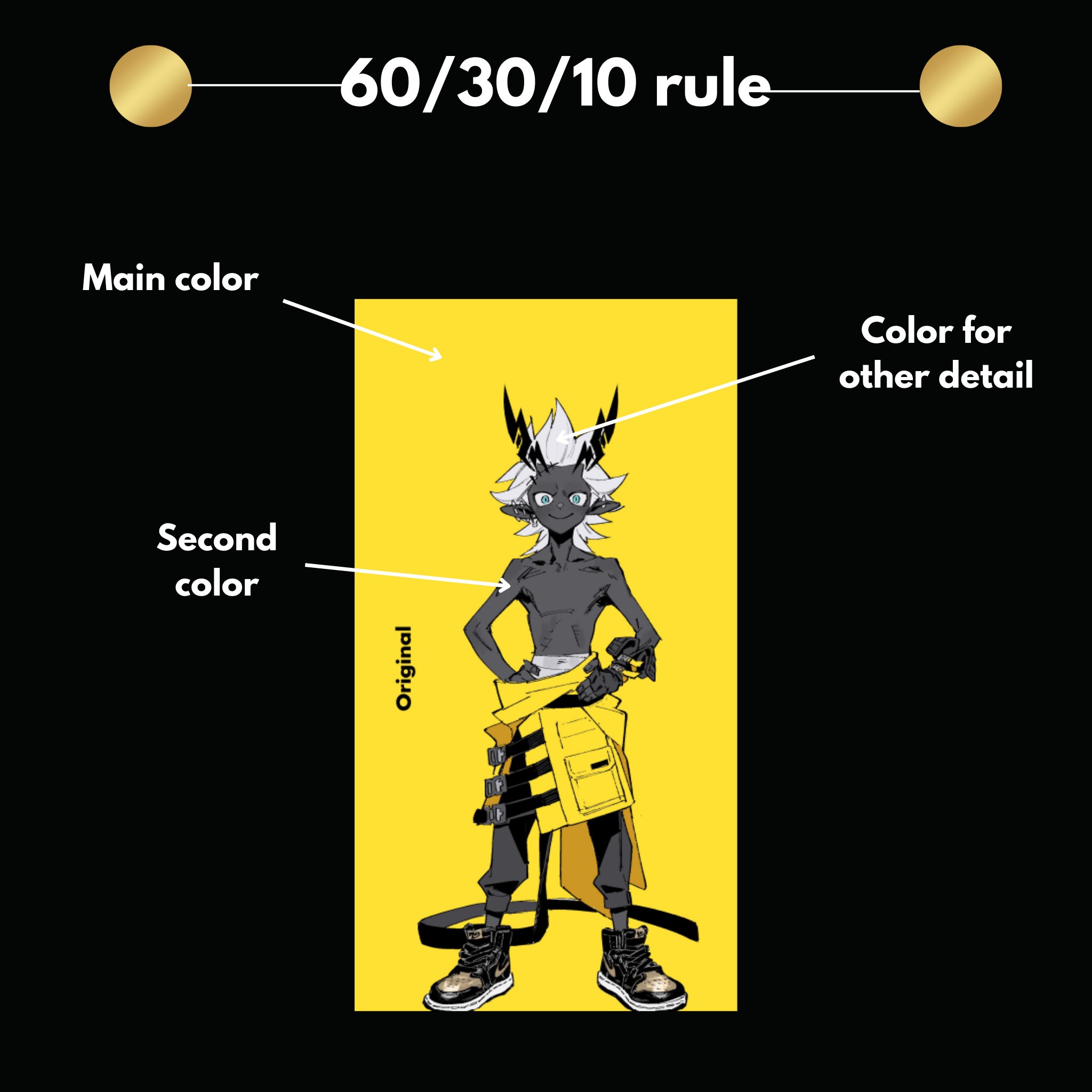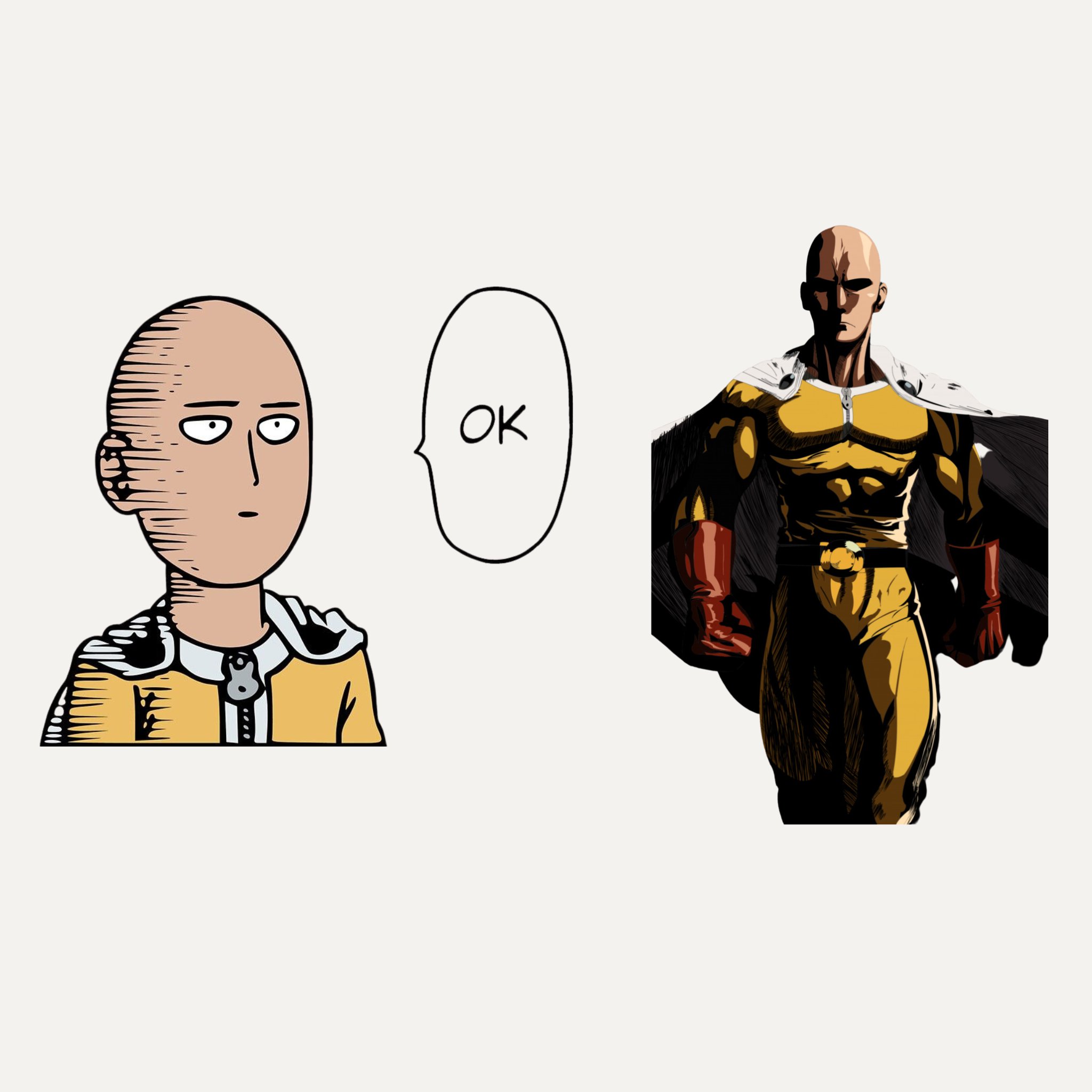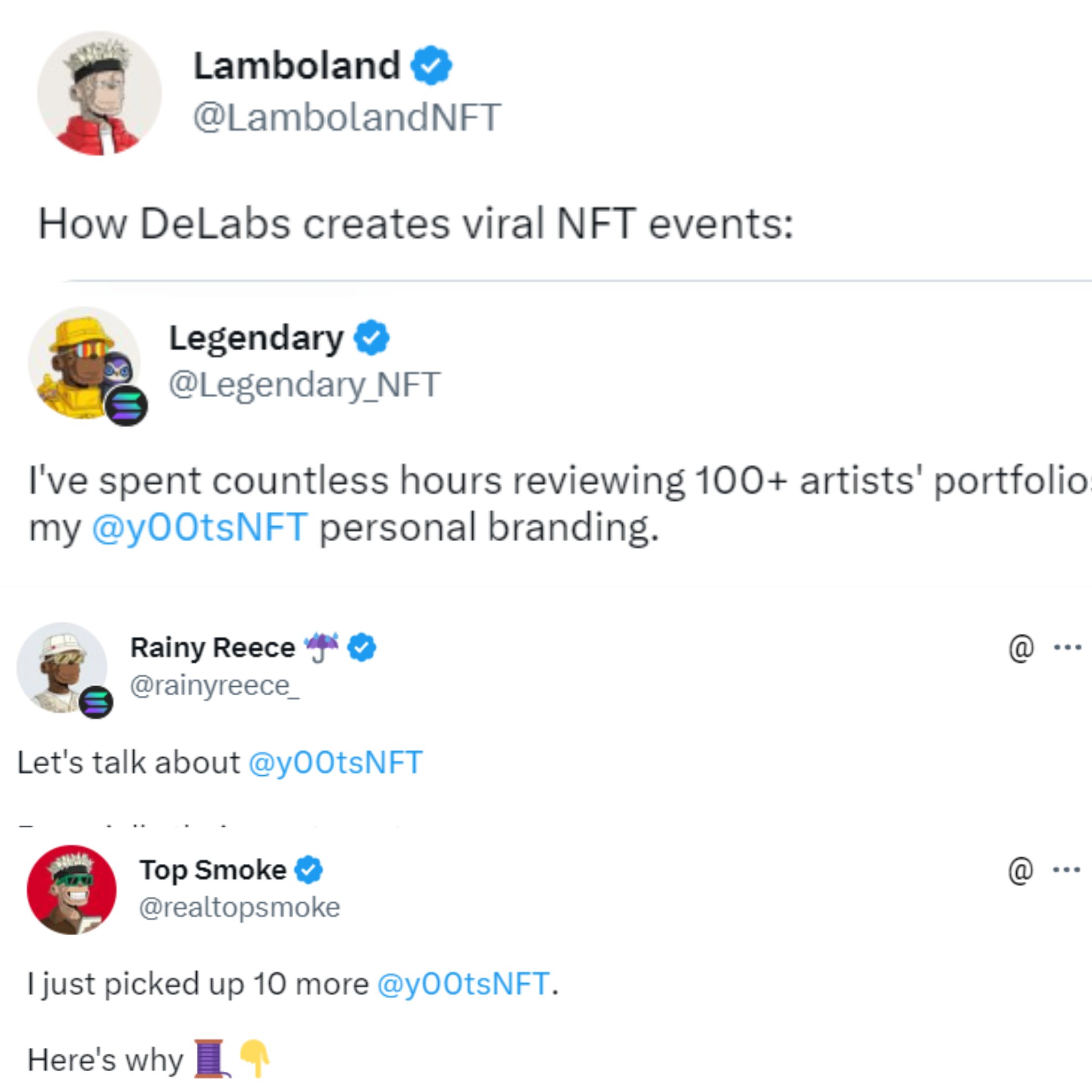Thread
The strategy to build a bear-proof Web3 IP:
How to build the next generation of IPs by mastering the basics?
(1/22) / 4-min read
How to build the next generation of IPs by mastering the basics?
(1/22) / 4-min read
"Simplicity is king".
That's a saying that I always use to show that simplicity wins every area of life including Web3.
If you understand this, you win.
(2/22)
That's a saying that I always use to show that simplicity wins every area of life including Web3.
If you understand this, you win.
(2/22)
Simplicity wins because every founder tries to overcomplicate everything.
There is already "complexity in simplicity".
It's common for founders to be all over the place and try to find the new hidden tactic to stand out.
(3/22)
There is already "complexity in simplicity".
It's common for founders to be all over the place and try to find the new hidden tactic to stand out.
(3/22)
People's attention is also all over the place.
Imagine over-complexifying your content and showing it to an audience that is already overstimulated.
Do you think that there is a 1% chance they interact with your content?
Nope.
But what does this have to do with IPs?
(4/22)
Imagine over-complexifying your content and showing it to an audience that is already overstimulated.
Do you think that there is a 1% chance they interact with your content?
Nope.
But what does this have to do with IPs?
(4/22)
Your IP strategy should be based on your ability to be "brandable" and "memorable".
The advantages:
• Recognizable in Web2/Web3 environments
• Virality/usability potential for Web2/Web3 brands
• New monetization opportunities
(5/22)
The advantages:
• Recognizable in Web2/Web3 environments
• Virality/usability potential for Web2/Web3 brands
• New monetization opportunities
(5/22)
Web3 IPs have a clear advantage over traditional ones.
Founders can leverage their community to exponentially boost the growth of their IP.
Traditional IPs don't have the same momentum at the start.
It's like having a boost in a game when you're just getting started.
(6/22)
Founders can leverage their community to exponentially boost the growth of their IP.
Traditional IPs don't have the same momentum at the start.
It's like having a boost in a game when you're just getting started.
(6/22)
This can be done through various means including "brand guidelines".
Pudgy released their brand guidelines which clarify how to simply leverage their IP.
Brand guidelines are frequently used within companies.
Below is an example of Nike font, typography, and colors...
(7/22)
Pudgy released their brand guidelines which clarify how to simply leverage their IP.
Brand guidelines are frequently used within companies.
Below is an example of Nike font, typography, and colors...
(7/22)
"Branding" is often an overused term that is understood but not applied properly.
If you're not consistent with it, people get confused because you convey to them different messages.
And confused people don't buy.
Let's take an example with y00ts and DeGods.
(8/22)
If you're not consistent with it, people get confused because you convey to them different messages.
And confused people don't buy.
Let's take an example with y00ts and DeGods.
(8/22)
The branding of y00ts and DeGods is on point.
"Build cool shit, try new shit, and have fun".
However, something feels off:
It's hard for someone who's not familiar with the space to know that DeGods and y00ts are somewhat connected.
(9/22)
"Build cool shit, try new shit, and have fun".
However, something feels off:
It's hard for someone who's not familiar with the space to know that DeGods and y00ts are somewhat connected.
(9/22)
The issue here is the art of DeGods.
Not the font or anything else, only the art.
The art is not minimalistic and sleek like y00ts.
Don't get me wrong, the art is great but it's not as "brandable" and consistent as y00ts branding.
(10/22)
Not the font or anything else, only the art.
The art is not minimalistic and sleek like y00ts.
Don't get me wrong, the art is great but it's not as "brandable" and consistent as y00ts branding.
(10/22)
y00ts is more usable, potentially viral, and reproducible in multiple environments than DeGods.
That's what I mean by "brandable".
Similarly, Beanz is more brandable than Azuki.
Doodles is also extremely brandable - Apple could use a doodle in their ads.
(11/22)
That's what I mean by "brandable".
Similarly, Beanz is more brandable than Azuki.
Doodles is also extremely brandable - Apple could use a doodle in their ads.
(11/22)
y00ts also brought exposure to DeGods.
It goes to show that great branding can be the catalyst to create the first entry point in a given ecosystem.
Now, how can you achieve this level of "brand-ability"?
(12/22)
It goes to show that great branding can be the catalyst to create the first entry point in a given ecosystem.
Now, how can you achieve this level of "brand-ability"?
(12/22)
You don't need an MBA to stand out. There is (almost) 0 competition.
Yes, the best projects had a network and halo effect which is helpful. But it's still possible.
More below.
(13/22)
Yes, the best projects had a network and halo effect which is helpful. But it's still possible.
More below.
(13/22)
1. Is your IP usable?
The first question I want you to ask yourself as a founder is:
Would you see your project used by famous brands?
Be honest. If not, change everything and reiterate your design until you do. Everything won't work if you don't get this part right.
(14/22)
The first question I want you to ask yourself as a founder is:
Would you see your project used by famous brands?
Be honest. If not, change everything and reiterate your design until you do. Everything won't work if you don't get this part right.
(14/22)
2. Colors
You need a dominating color for your project.
Red for Azuki. Apply the 60-30-10 rule to structure the coloring of your art and branding.
60% - Main color
30% - Secondary color
10% - Color for small detail
Apply this rule to your art, website... everything.
(15/22)
You need a dominating color for your project.
Red for Azuki. Apply the 60-30-10 rule to structure the coloring of your art and branding.
60% - Main color
30% - Secondary color
10% - Color for small detail
Apply this rule to your art, website... everything.
(15/22)
3. Font
Use a unique font even if takes you days to find it. Over time, you'll reiterate and find the right one.
Obviously, the font has to be "commercial" and broadly appealing.
(16/22)
Use a unique font even if takes you days to find it. Over time, you'll reiterate and find the right one.
Obviously, the font has to be "commercial" and broadly appealing.
(16/22)
4. Are you Kiki or Bouba?
It will sound conceptual but people should either feel energized or relaxed when looking at your branding.
Azuki is Kiki. y00ts is Bouba - below is a Kiki soundtrack remix that fits Azuki's branding.
(17/22)
It will sound conceptual but people should either feel energized or relaxed when looking at your branding.
Azuki is Kiki. y00ts is Bouba - below is a Kiki soundtrack remix that fits Azuki's branding.
(17/22)
5. Mascot(s)
Your project will stand out by having a mascot that stands out.
Put simply, a main character or figure that represents every part of your brand - besides your founder.
This strategy is used by the biggest IPs.
(18/22)
Your project will stand out by having a mascot that stands out.
Put simply, a main character or figure that represents every part of your brand - besides your founder.
This strategy is used by the biggest IPs.
(18/22)
6. The personality of your mascot/project
Create a SHORT story around this mascot. Give him traits that people find funny or motivating.
Make it simple for people to use it in their own way.
The goal is to "humanize" as much as possible your mascot.
(19/22)
Create a SHORT story around this mascot. Give him traits that people find funny or motivating.
Make it simple for people to use it in their own way.
The goal is to "humanize" as much as possible your mascot.
(19/22)
7. Turn your community into content creators
Incentives and create tools for your community to create high-quality videos, threads, tweets, and memes.
Imagine having an army of high-quality content creators in your community.
With commitment, growth will happen.
(20/22)
Incentives and create tools for your community to create high-quality videos, threads, tweets, and memes.
Imagine having an army of high-quality content creators in your community.
With commitment, growth will happen.
(20/22)
8. Brand guidelines
Once you have some momentum, you need to conserve it.
Establish clear brand guidelines to accelerate UGC propagation - take Pudgy's example and tweak it in your own way.
Remember, make it short and simple. People won't read it otherwise.
(21/22)
Once you have some momentum, you need to conserve it.
Establish clear brand guidelines to accelerate UGC propagation - take Pudgy's example and tweak it in your own way.
Remember, make it short and simple. People won't read it otherwise.
(21/22)
9. Social Media Content
Push as much content as possible on IG and TikTok.
However, this won't work if:
Your content is not around a topic normal people relate to and is presented in a simple, appealing, and short format.
Example: "Make people smile" (chimpers).
(22/22)
Push as much content as possible on IG and TikTok.
However, this won't work if:
Your content is not around a topic normal people relate to and is presented in a simple, appealing, and short format.
Example: "Make people smile" (chimpers).
(22/22)
That's it for today :).
Thanks for reading🫡
Follow, RT, and like for more content about strategy in Web3.
Thanks for reading🫡
Follow, RT, and like for more content about strategy in Web3.
Mentions
See All
Donna del crypto @Donnadelcrypto
·
May 1, 2023
Awesome thread Zak🧵















